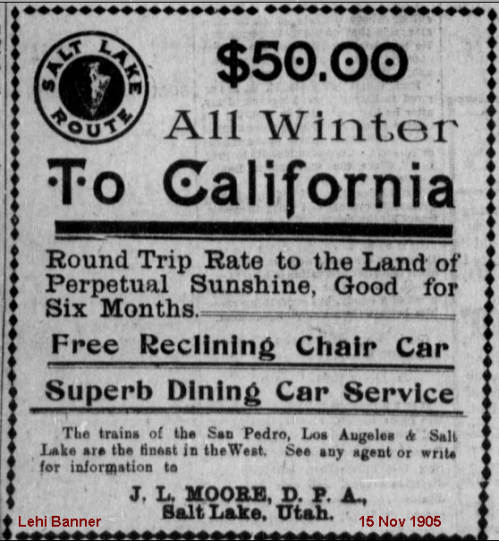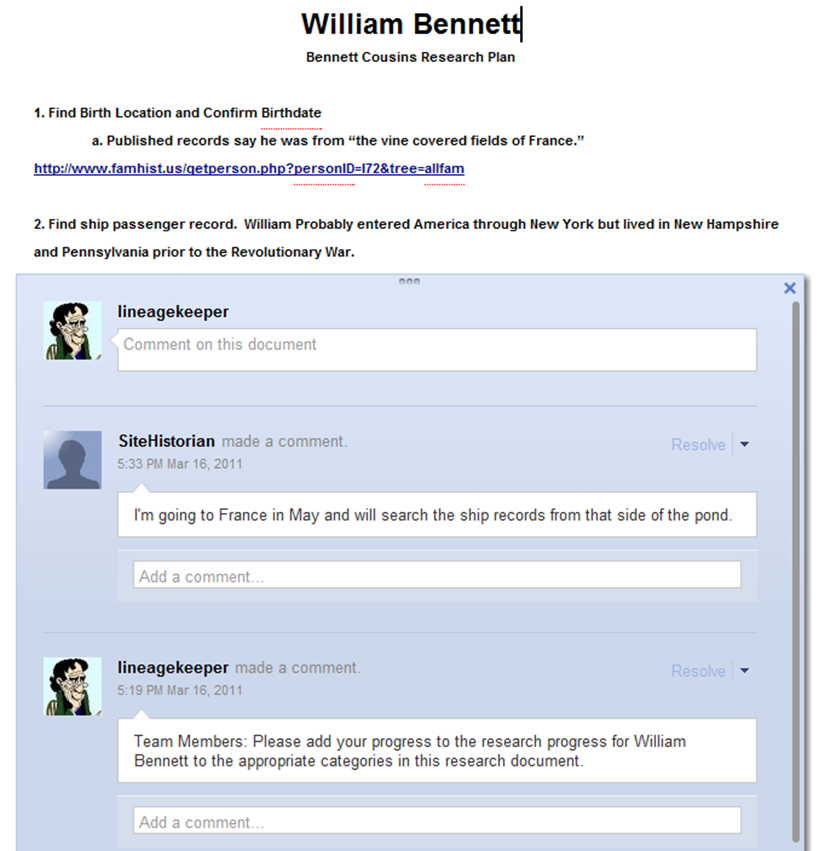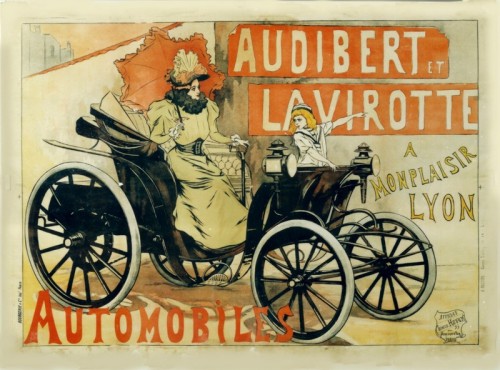Genealogy Publishing and LDS Ancestor Resources
I’ve written about publishing your family history work in the past. In the past few months, I’ve helped several people conceptualize the book layout that they hoped to create for their own families.
 Any of us can be a published author with little to no cost by using online digital publishing companies. You create the pages on your computer and then upload them to the online sites. They all offer tools to help you create wonderful family history publications that your family will cherish for years and years..
Any of us can be a published author with little to no cost by using online digital publishing companies. You create the pages on your computer and then upload them to the online sites. They all offer tools to help you create wonderful family history publications that your family will cherish for years and years..
Here are two of the sites to consider: Lulu.com and Blurb.com. Take a look at the books others have created, read user comments and check out the pricing on the sites. There are other sites available, so be sure to find the one that best fits your situation and expectations.
A thumb-through of existing genealogy books on the sites, will help you both visualize your book and give you some ideas of what makes a good family genealogy book. Here are examples from a publication on each site:
- Example book on Blurb: http://www.blurb.com/books/1752245
- Example book on Lulu: http://bit.ly/hR94j9
You can see the different styles of writing genealogists use when writing their books. The Barber book (Blurb.com) was written by someone who was gifted at writing family stories and then supported his text with reports from his genealogy program, photos of people, places, their environment and their tombstones. The few preview pages of the Batten book (Lulu) show that the author used reports from their genealogy program sprinkled with photos.
The focus of the two books differs in that the Barber book focuses on a limited number of generations while the Batten book covers many more generations but looses the detailed story text represented in the Barber book.
The choice of writing styles depends on the amount and type information that the author wants to convey to their readers. What style will you choose for your project? It all depends on your audience and the information you are trying to convey to them.
Close and extended family constantly ask me for a report of their lineage. Depending on the ancestral lines that we have in common, the book type reports may be several hundred pages to 4,000 – 5,000 pages long. I use Legacy software to create the reports and send them as .pdf file attachments on emails rather than printing them to hard copy. The reports are “OK – to – great” depending on how much time I take to interject written stories, text, photos, documents and other information as compared to the basic formatting from Legacy. The same files can be used in publishing a book from one of these vendors.
Using one of the on-demand publishing companies will save you a lot of money in setup costs and you don’t have to make a minimum purchase out of pocket. Pricing of the books automatically covers the printing costs and any additional profit you decided to include can help fund continued research.
We all encounter hard-to-read documents in our research. Handwriting Tutorials from BYU are online for no cost in English, German, Dutch, Italian, French, Spanish and Portuguese.
If you have Scots ancestry and struggle reading the old handwriting, visit the Scottish Handwriting site and read their tutorial. When you finish, you’ll be a Scots handwriting Wiz or at least substantially more proficient in reading them.
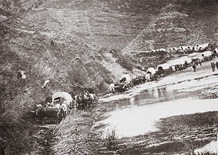 If you have Mormon ancestors, be sure to check out all of the sources and reference information on the Mormon History site at BYU. Subject Librarian, Mike Hunter, has assembled an impressive collection of resources to help using our research.
If you have Mormon ancestors, be sure to check out all of the sources and reference information on the Mormon History site at BYU. Subject Librarian, Mike Hunter, has assembled an impressive collection of resources to help using our research.
Continuing with the Mormon ancestor research theme, be sure to look for your ancestors on the Mormon Migration passenger list. Also, remember to look for them on the Mormon Pioneer Overland Travel, 1847-1868, and on Mormon Pioneer Census Search.
Lastly in this focus group, we’ll round out the Mormon list with the Mormons and Their Neighbors site and the ever impressive Early Latter-day Saints site.
Site Pick of the Week: The Library of Congress Digital Newspapers. I worked on digitizing newspapers for this site for a few years and intimately know how much work goes into creating these great records. A few years ago, I interviewed the last Editor of the American Fork Citizen, Lehi Free Press and Pleasant Grove Review about his years of working at these locally “newsy” papers. When I mentioned that I’d always wanted copies of all the issues of the Citizen because so many of my ancestors were mentioned in it, he stated that all of the copies of all three of these publications were put in the trash can when they were purchased by a national newspaper company.
He was sick about it. We commiserated that he and I had not gone dumpster diving to retrieved them. Even though many of the issues are found in the BYU library, a full collection is almost impossible to find. At least it was hard to find until the LOC published them recently on their site.
Searching these wonderful old, often “chatty” publications for information about your family should be an integral part of any ancestral research effort.
Google Docs Comments and Discussions in Genealogy
![]() Genealogy research teams should seriously consider using the collaborative features in Google Docs to share and document their assignments and progress in collaborative research.
Genealogy research teams should seriously consider using the collaborative features in Google Docs to share and document their assignments and progress in collaborative research.
A research plan using Docs is available to your team members any time and in any place that they have Internet access and no special services are required other than a Google account.
There are two collaborative tools you’ll want to use with a research document:
Comments and Discussions.
A comment has been commonly used by most of us for years when we insert a comment into a shared document. Discussions associated with a document are new. The discussions stream can obviously trace its lineage back to Google Wave. While it does not include all of the features of Wave, its usefulness in collaborative research documents is undeniable.
Team members will find these tools simple to use:
Create a research document in a Google Documents and then share it with everyone on the research team giving them edit rights. They can be notified of document creation and updates using any email or other contact address, but they will need a Google account to view and participate in collaborative additions to the document. Login by going to https://docs.google.com The document will automatically show in the document list for anyone who has view or edit rights.
Comments can be added to the document by anyone on the team. The comment entries list both a time stamp and username of the person creating them. Insert > Comment
A Discussion is an ongoing separate dialog that is linked to the document. They are created by clicking on the “Discussions” button at the top of the page.
The Discussion is viewable in a floating frame over the document.
Other team members viewing the document are announced when they open the document.
Teams can create a never-ending research document for a common ancestor, a family, history of an ancestral home town, etc. Add photos, movies, links, drawings, or any other discoveries found during the research process.
Comments stay with the document unless they are deleted. They will print with the document, so you may need to copy the document to a new doc or delete the comments if you don’t want them on a printed document.
If team members don’t want to receive email notes when changes are made to the document, they can turn them off in the Discussions > Discussion Notification Settings. Sharing settings are found in the Sharing > Sharing Settings.
Collaborative research plans and results tracking are extremely useful and productive tools for research teams. Active teams invariably produce far greater research results than the success of any single member of the team.
Create a plan and give it a try for your research teams. It works .. very well.
<
Will My Genealogy Records Survive Me?
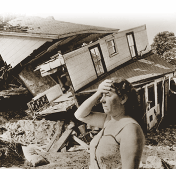 I followed the earthquake of 22 February 2011 in Christchurch, New Zealand closely because a fairly large contingent of extended cousins live there or nearby. As far as I’ve been able to determine, all survived but many experienced damage to their homes and businesses.
I followed the earthquake of 22 February 2011 in Christchurch, New Zealand closely because a fairly large contingent of extended cousins live there or nearby. As far as I’ve been able to determine, all survived but many experienced damage to their homes and businesses.
One story caught my eye on the evening of the first day, when it mentioned two teenagers who were trying to find their mother, Donna Manning, a producer and presenter for Canterbury TV. She and fifteen of her colleagues along with forty or more foreign students and teachers were in the collapsed CTV building.
The six-story building was literally flattened. Only a couple of survivors were eventually rescued from the wreckage.
The earthquake struck at 12:45 p.m., during the lunch hour. Earlier in the morning, Donna hosted one of her weekly shows and it was posted on YouTube during the hour of the earthquake. I watched the video not knowing if Donna had survived or not. I then switched to a live video stream from Christchurch that showed the CTV building and seriously doubted that she had survived.
Little did Donna know that in less than 120 minutes after completing her morning show, she would be dead. The video captured some of her last minutes in mortality. Rescue teams later confirmed that none of the trapped folks in the CTV building survived.
The story ends on a many sad notes. Donna didn’t survive. Her children not only lost their mother but their home was structurally destroyed too. Thieves looted their home while they waited at the pile of debris that was the CTV building hoping to hear of Donna’s recovery. Their records and possessions had been stolen.
Hopefully, their photos and records survived.
 Stories with similar losses of lives, records, hopes and dreams are a constant in the history of our ancestors and of the world due to wars, acts of men and of nature. We know that devastating events will happen in the lives of those now living and in those coming behind us. From a genealogical perspective, what can we do to mitigate the effects of disaster or the eventual loss of of our own mortal life?
Stories with similar losses of lives, records, hopes and dreams are a constant in the history of our ancestors and of the world due to wars, acts of men and of nature. We know that devastating events will happen in the lives of those now living and in those coming behind us. From a genealogical perspective, what can we do to mitigate the effects of disaster or the eventual loss of of our own mortal life?
Several activities should be part of our regular genealogical activities:
1. Digitize our paper documents and records.
2. Regular backups of our data and digital images. What is Regular? Simply determine your threshold of pain when considering the loss of your records. That should firmly establish a frequent backup cycle in your mind.
3. Keep a copy of our backups in two or more locations off-site, one of which should be online with a digital company like Mozy, Carbonite, etc. The second should be housed with a relative or close friend who lives in a different part of the country. You may want to trade with them and keep a copy of their data to reciprocate.
4. Add a codicil or section to our wills and trusts that specifically instructs the transfer and hoped for survivability of your genealogical records and data. See an example of the verbiage here in one of my earlier posts.
5. Talk to your family now so they know your wishes from you personally, to both reinforce your wishes and to make arrangement for their transfer. You may want to enhance or encourage their involvement in your genealogical research and activities right away. Which one(s) of them wants to take up your ancestral quest? Resolve questions and associated issues about your genealogy data and work with them now, while you can still talk to them.
6. If you have websites, blogs, etc., be sure to include their URL’s and associated user names and passwords in your package. Detail exactly how you want to announce your passing and include an example statement that details how or if the site or your contributions to a site will continue in the future. I was surprised to find that I own or am a significant contributor to a large number of blogs and websites. Will my family take over in my place? We’ll have to talk about it and decide.
7. Keep your codicil and lists of pertinent ownership, subscription, password and other data current along with your detailed instructions up to date. Will your spouse and children be able to understand and find all of the domain registrations, hosting agreements, settings, programming and data storage sites that you have and use? Do they realize that you have over thirty email accounts and what online personas they represent? Do they realize that you are an editor, moderator, or have other key roles on many sites that are owned by other persons or entities that have depended on you doing my job?
8. Think of the ways you interact with your data and others online. Does your family know all of your social media personas? Does they or an eventual guardian of your data know how to claim all of your submissions to FamilySearch, Ancestry, etc? FamilySearch and Ancestry are designed to allow others to contact you to both question your data and to ask for assistance or copies of your research. They can’t do that if you are gone and your succession plan hasn’t transferred your account to their management.
9. Do Something. Now. You can put this work off, but delay will inevitably bite you and the survivability of your data. This isn’t a question or supposition but rather is a statement of fact. The preparation will take a few hours work and ongoing tweaks and updates, but the investment in time and effort will pay remarkable dividends. Don’t let your extremely valuable genealogical work be lost.
-
Archives
- November 2013 (1)
- January 2012 (1)
- November 2011 (1)
- October 2011 (1)
- March 2011 (7)
- February 2011 (8)
- January 2011 (7)
- December 2010 (8)
- November 2010 (11)
- October 2010 (12)
- September 2010 (13)
- August 2010 (15)
-
Categories
- Genealogy
- Research
- Birth Certificate
- Cemetery Records
- Census
- Certificates
- Death Certificate
- Diaries
- Digital Newspapers
- Documents
- FamilySearch
- FreeBMD
- GPS
- Headstones
- History
- Interviews
- Marriage Certificate
- Naturalization
- Obituaries
- Passenger Records
- Primary Source Documents
- Research Tips
- Sources
- Tombstone
- Town Histories
- Transcription
- Vital Records
- Will
- Uncategorized
-
RSS
Entries RSS
Comments RSS
